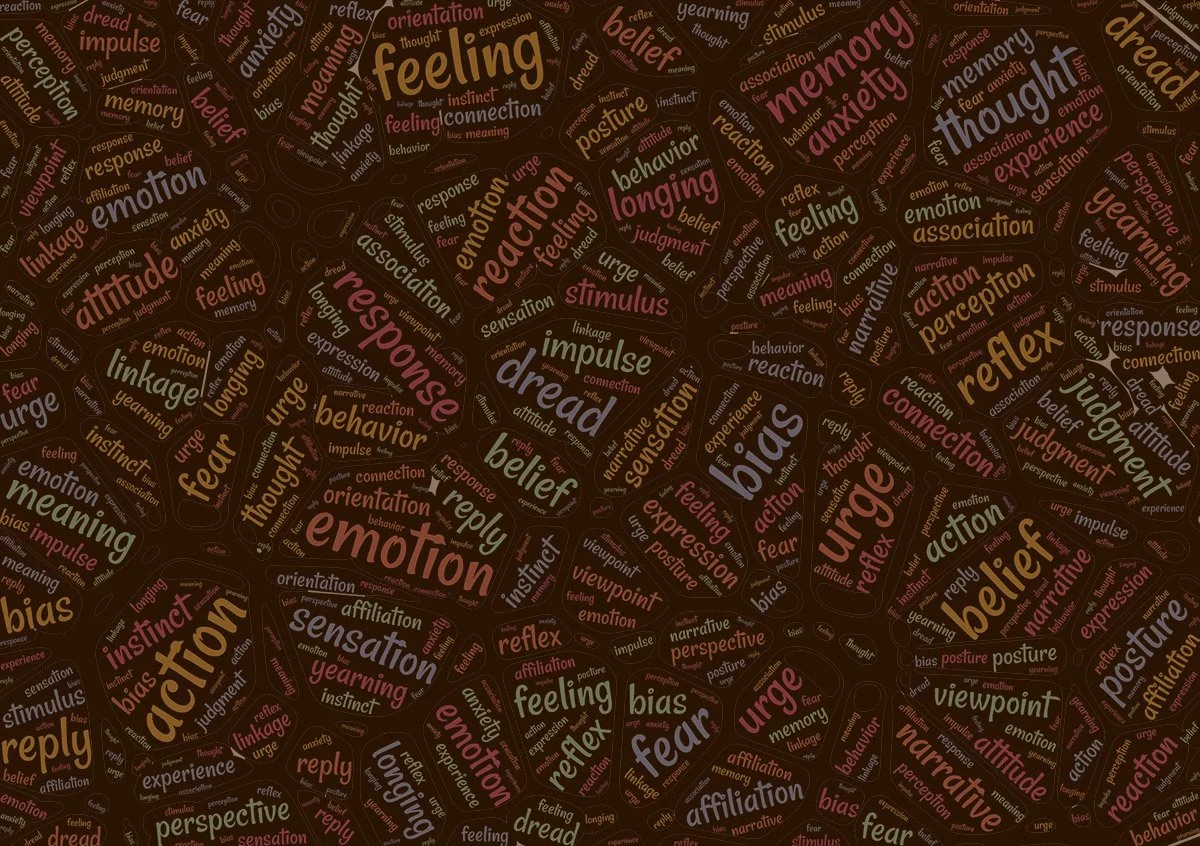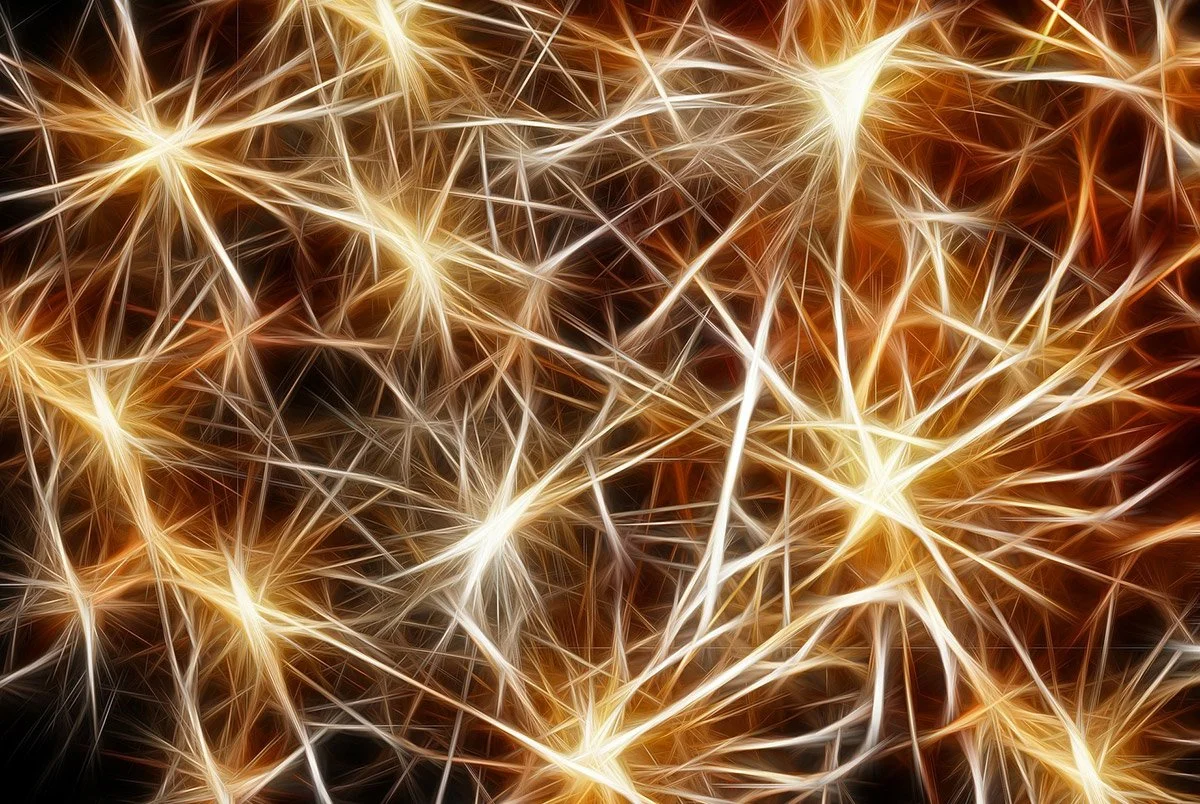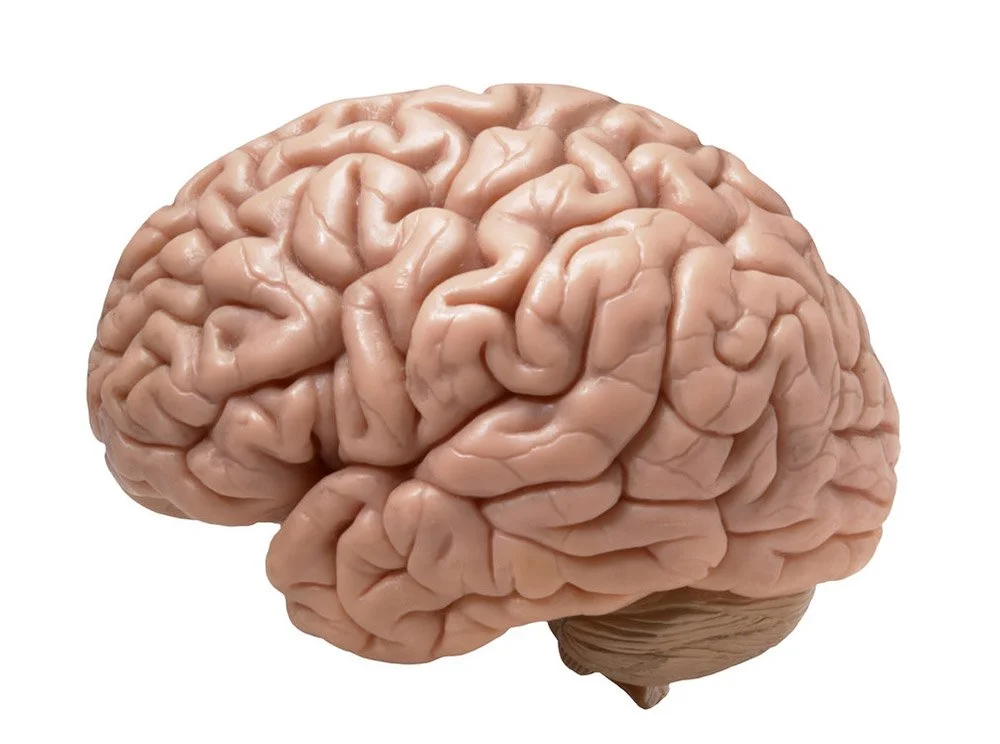
Anatomy of Thought
The cerebral cortex (cerebrum) of the brain is responsible for human thought. It is divided in two hemispheres and four lobes, each of them performing various functions, such as cognition, complex thinking, reading, speech etc.
Cerebral Cortex (Cerebrum)
What distinguishes us from animals is the cerebral cortex, in short: cerebrum. It's the youngest part of the brain in contrast to the reptilian brain (vital functions) and the limbic system (emotions). The cerebrum fills most of our skull and apart from the fundamental tasks such as vision, hearing and muscle control it is also responsible for abstract, mental faculties of remembering, problem solving, planning and the higher thought processes such as thinking, reading, learning and speech. It also contributes to emotions along with the limbic system.

Phineas Gage
The case of Phineas Gage is a good example of sensation and perception being intertwined, yet clearly distinguishable, separable, human faculties.
In 1848, Phineas Gage was working on the railroad, tamping gunpowder into a blasting hole with an iron rod, but the gunpowder ignited. The resulting explosion caused the rod to shoot like a bullet up through his left cheek and out of the top of his head. There’s brain in between those two places.
Amazingly, Phineas stood up after the accident, and walked over to a cart, described what had happened, and was driven back to his house, all while he was conscious.
After a few months of convalescing, he was pretty much healed up and moving around like he used to. But Phineas was no longer like himself. Whereas the old Phineas was mild-mannered and soft-spoken, the post-spike-to-the-brain Phineas was surly and mean-spirited and vulgar.
The case of Phineas Gage is an example of how brain functions are localised and how physiological factors are connected with physical and biological ones.
Where Thoughts Come From
Admittedly, science doesn’t know where thoughts really come from. One could argue that thoughts emerge from everywhere, naturally from brain processes or that they just pop up in our heads as a result of random chance. But this only seems vague and doesn’t really explain the causes. Currently, science is not in a position to make any final statements about the ultimate causes of thought processes because we don’t know enough about the actual wiring structures and the quantum processes in the brain. The research continues.
